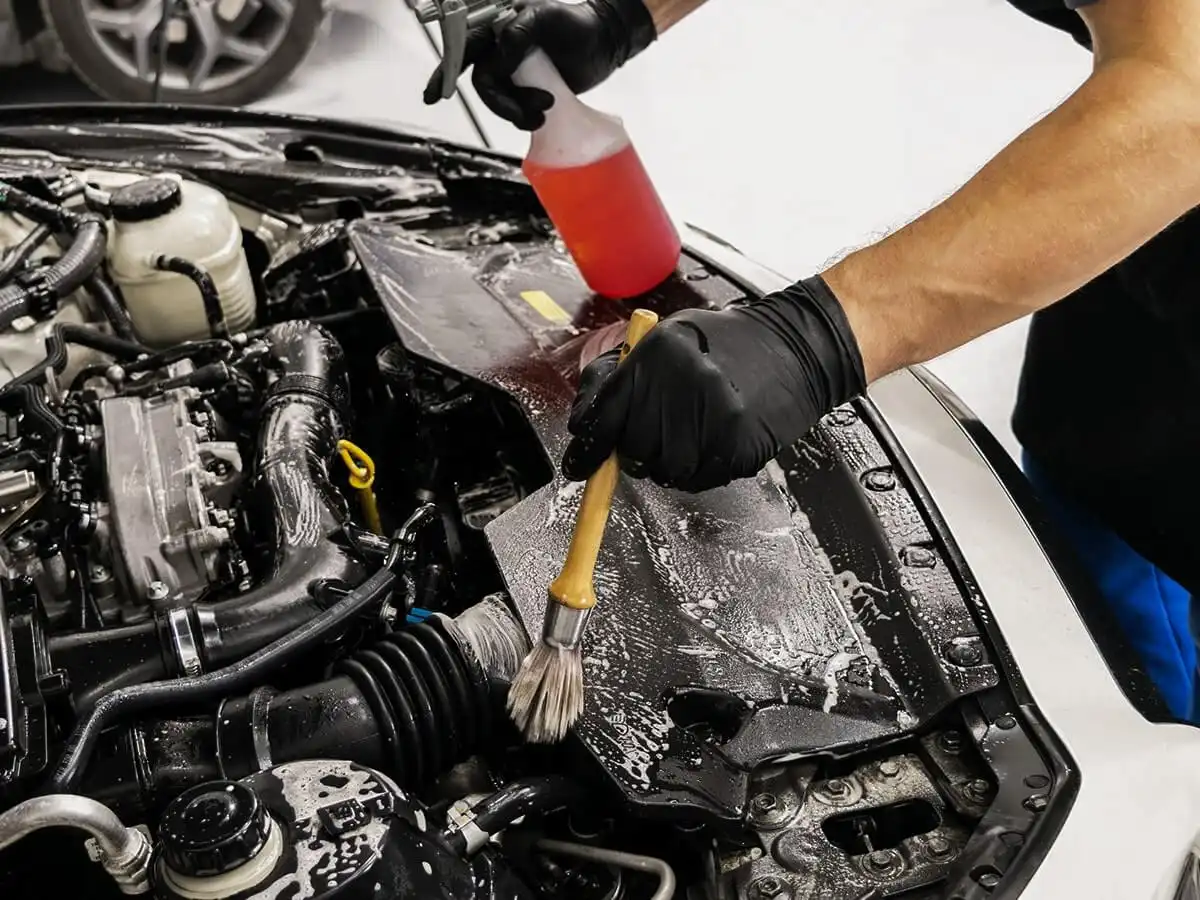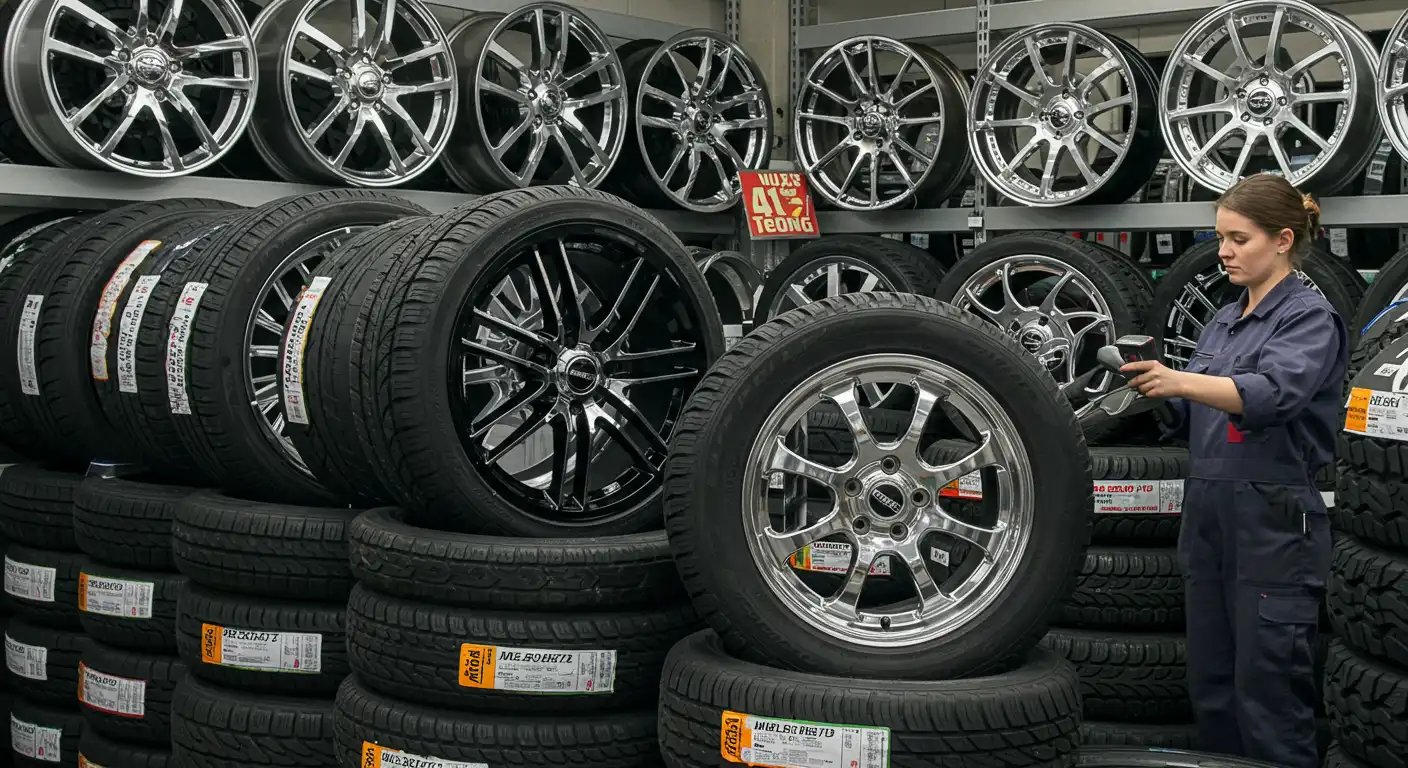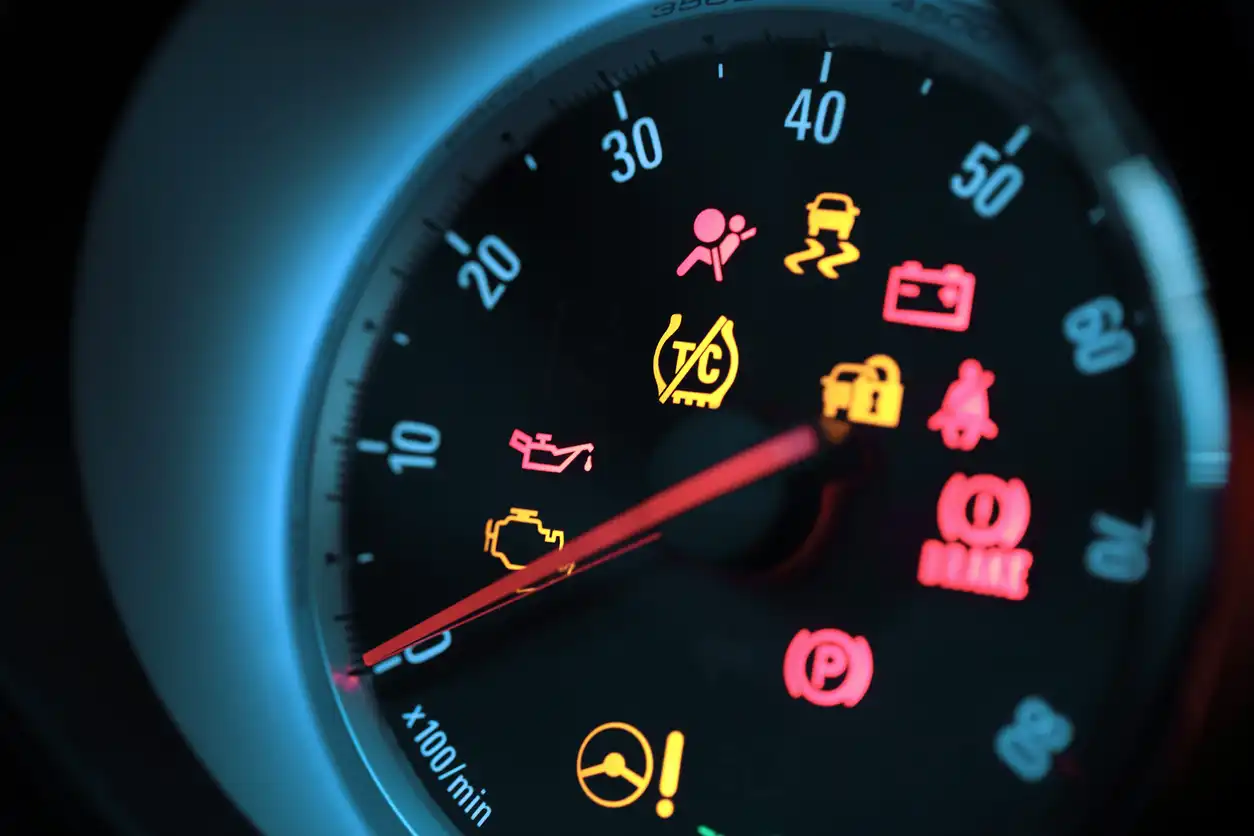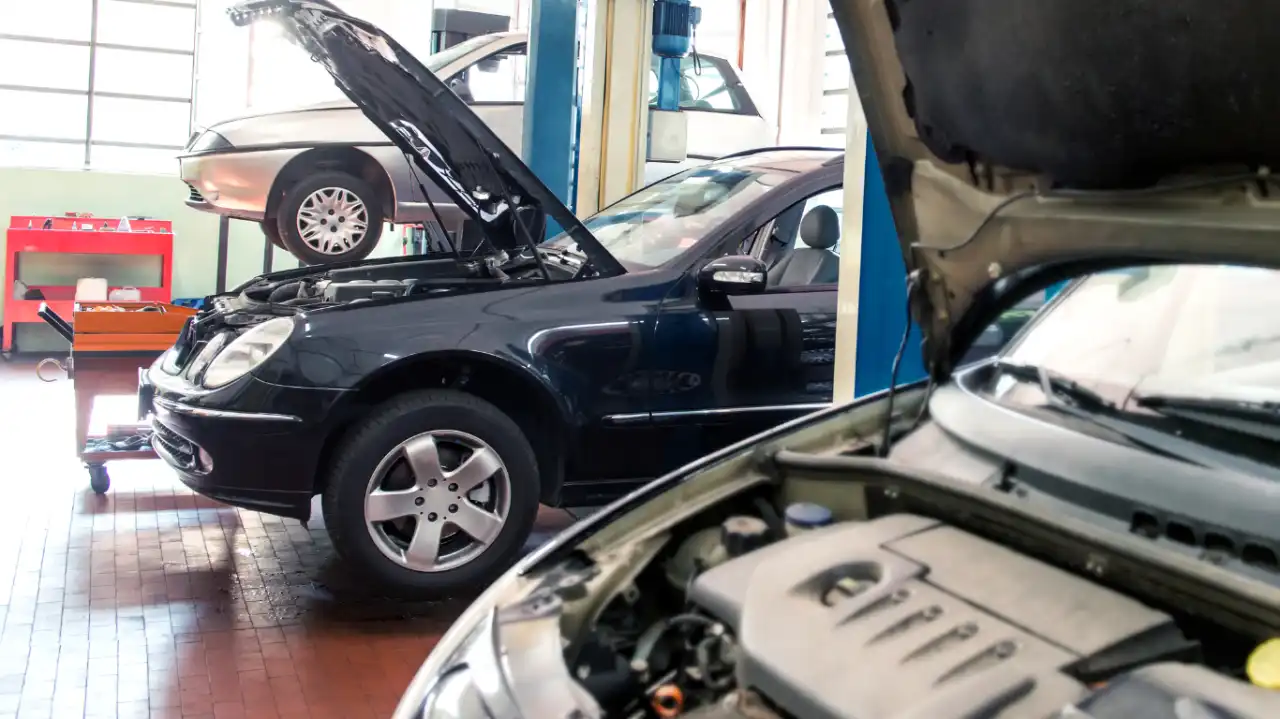Regular car maintenance is essential to keep your vehicle in top shape, extend its lifespan, and avoid costly repairs down the road. Many car issues can be prevented with a few simple steps, ensuring your vehicle continues to run smoothly and efficiently. Whether you’re a seasoned driver or a new car owner, these top 10 car maintenance tips will help you stay on top of your vehicle’s health and performance.
1. Change the Oil Regularly
Changing your car’s oil is one of the most important maintenance tasks you can perform. Oil lubricates your engine’s moving parts and prevents friction, helping to prevent overheating and wear. Over time, oil breaks down and becomes less effective, leading to potential engine damage.
-
Tip: Check your car’s owner manual for the recommended oil change interval (usually every 3,000 to 5,000 miles). Always use the type of oil that is recommended by your vehicle’s manufacturer.
2. Inspect and Replace the Air Filter
The air filter in your vehicle plays a crucial role in maintaining engine efficiency. It prevents dirt and debris from entering the engine and ensures that the engine receives clean air, which is necessary for combustion. A dirty or clogged air filter can lead to poor fuel efficiency and decreased engine performance.
-
Tip: Inspect the air filter every 12,000 to 15,000 miles or as recommended by your vehicle’s manual. If it’s dirty or clogged, replace it to keep your engine running smoothly.
3. Check Tire Pressure and Rotate Tires
Proper tire pressure is crucial for your safety and your vehicle’s performance. Under-inflated tires can reduce fuel efficiency and cause uneven wear, while over-inflated tires can lead to a rough ride and increased risk of blowouts. Rotating your tires regularly ensures that they wear evenly, which prolongs their life.
-
Tip: Check tire pressure at least once a month using a tire gauge, and adjust to the recommended pressure level. Rotate your tires every 6,000 to 8,000 miles to ensure even wear.
4. Maintain Your Car’s Cooling System
The cooling system keeps your engine from overheating by circulating coolant (or antifreeze) through the engine and radiator. Over time, coolant levels can drop, and the fluid may degrade, making it less effective. Regular maintenance of your cooling system helps prevent engine overheating and potential damage.
-
Tip: Check the coolant level regularly, and top it off if necessary. It’s also essential to flush and replace the coolant at intervals specified by your vehicle’s manufacturer—usually every 30,000 miles.
5. Check and Replace Brake Pads
Brakes are one of the most important safety features of your vehicle. Brake pads wear down over time due to constant friction, and worn-out pads can reduce your stopping power. Regularly checking and replacing brake pads is essential for maintaining safe driving conditions.
-
Tip: Listen for any unusual squeaking or grinding noises when you apply the brakes, as this may indicate worn pads. Check the brake pads at least once a year and replace them when they are worn down to 3mm or less.
6. Keep the Battery Terminals Clean and Tight
A clean and well-maintained battery is essential for starting your car and powering electrical systems. Corrosion around battery terminals can lead to poor electrical connections and difficulty starting the engine. Regularly inspecting and cleaning the battery terminals helps prevent electrical issues.
-
Tip: Inspect the battery terminals for corrosion or leaks and clean them with a mixture of baking soda and water. Tighten the battery connections, and replace the battery if it shows signs of weakness (e.g., difficulty starting the car).
7. Check the Belts and Hoses
The belts and hoses in your vehicle are responsible for driving various engine components and carrying fluids like coolant. Over time, they can wear out, crack, or become loose, potentially causing a breakdown or more serious engine damage.
-
Tip: Inspect the belts and hoses for any signs of wear, cracks, or leaks. Replace them as needed, especially before long road trips, and follow the maintenance schedule in your owner’s manual.
8. Replace Worn-Out Windshield Wipers
Clear visibility is crucial for safe driving, and worn-out windshield wipers can reduce your ability to see in rainy or snowy conditions. Over time, wiper blades can become brittle or tear, leaving streaks or smudges on your windshield.
-
Tip: Replace windshield wipers at least once a year or sooner if they are streaking or leaving marks. If your vehicle is often exposed to harsh weather conditions, consider upgrading to high-quality, all-weather blades.
9. Check the Alignment and Suspension System
Misalignment and suspension issues can lead to uneven tire wear, poor handling, and a rough ride. Your car’s suspension system is responsible for ensuring a smooth ride and maintaining control while driving. A misaligned vehicle can also decrease fuel efficiency.
-
Tip: Pay attention to any pulling to one side while driving, or if the steering wheel vibrates. If you notice these symptoms, have your car’s alignment and suspension system inspected and adjusted regularly.
10. Regularly Inspect the Exhaust System
The exhaust system is responsible for directing harmful gases away from the engine and reducing the vehicle’s emissions. A well-maintained exhaust system improves fuel efficiency and reduces your vehicle’s environmental impact. Issues with the exhaust system can lead to decreased engine performance and increased emissions.
-
Tip: Regularly inspect the exhaust system for any signs of rust, leaks, or damage. If you notice any unusual sounds (like a loud engine or hissing noise) or a decrease in fuel efficiency, have your exhaust system checked by a professional mechanic.
Conclusion: Preventive Maintenance Pays Off
Proper vehicle maintenance is the key to ensuring your car runs smoothly, safely, and efficiently for years to come. Regularly following these top 10 car maintenance tips will help prevent costly repairs, extend the life of your vehicle, and keep you on the road without worry.
Remember, it’s always easier and cheaper to maintain your vehicle than to deal with major repairs later on. Stay proactive, stick to a routine maintenance schedule, and don’t hesitate to seek help from a trusted auto repair shop when necessary. Your car will thank you for it!





